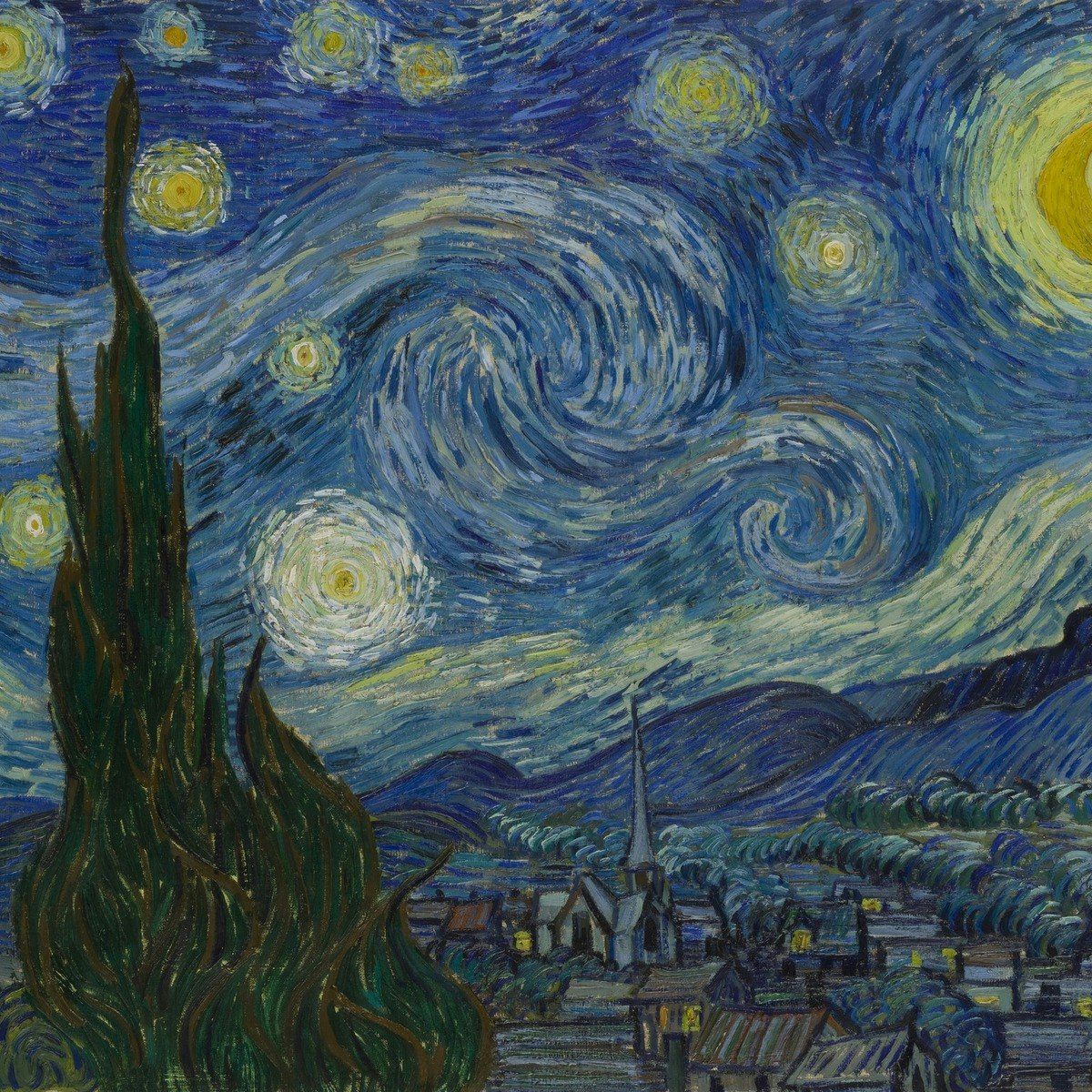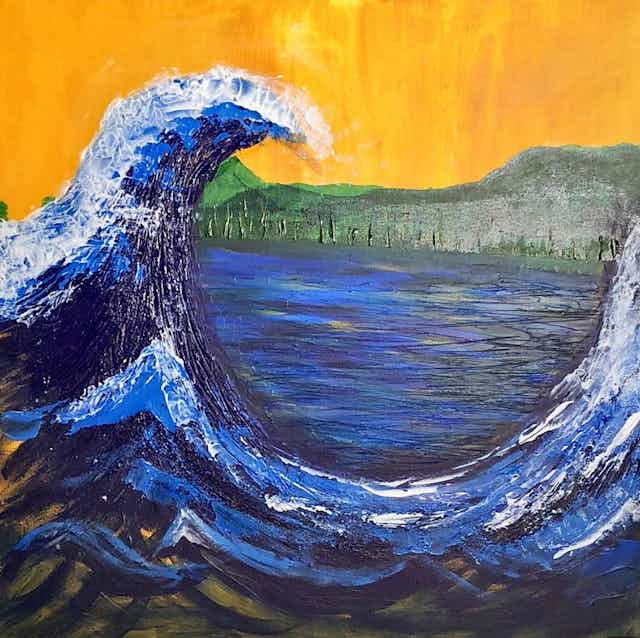Just How Trump Art Reflects Modern Political Satire in the Painting World
Just How Trump Art Reflects Modern Political Satire in the Painting World
Blog Article
Looking Into the Diverse World of Artistic Expression: From Surrealism to Abstract Realism
In the realm of artistic expression, from the dreamlike landscapes of surrealism to the complex play of light and kind in abstract realistic look, musicians have continuously pushed the boundaries of imagination and imagination. Each movement holds a distinct lens where the world is viewed and translated, offering a look right into the depths of human emotion, understanding, and believed. As we explore the multifaceted globe of art, we exist with a tapestry of styles, techniques, and approaches that test our understanding and provoke reflection. The trip with these varied kinds of creative expression promises to unwind an abundant tapestry of aesthetic storytelling and intellectual inquiry that captivates the mind and stirs the heart.
Surrealism: Unleashing the Subconscious
Surrealism, a progressive imaginative activity of the 20th century, explored the midsts of the subconscious, unveiling a world of dream-like imagery and non-traditional juxtapositions. Headed by musicians like Salvador Dali, René Magritte, and Joan Miró, Surrealism sought to test the conventional ways of comprehending and seeing art. Through techniques such as automatism and desire analysis, Surrealist musicians aimed to tap into the subconscious mind to disclose surprise realities and needs.
One of the crucial components of Surrealism was the emphasis on the illogical and the uncanny. By integrating unanticipated components in their jobs, Surrealist musicians aimed to develop a sense of disorientation and surprise in the customer. This disturbance of logic and reason was suggested to provoke a deeper expedition of the subconscious and the enigmas of the human mind.
Abstract Realism: Redefining Assumption
Testing traditional imaginative borders, Abstract Realism redefines perception via the fusion of well-known elements with abstract kinds. This innovative approach to art combines the representational precision of realism with the imaginative flexibility of abstraction, using visitors an one-of-a-kind visual experience that prompts them to examine their assumption of truth.
In Abstract Realism, musicians aim to record the essence of their subjects while additionally infusing their deal with a sense of depth and intricacy via abstract elements. By mixing the acquainted with the unfamiliar, these artists welcome audiences to involve with their pieces on several degrees, motivating them to explore the nuances of shade, form, and texture.

Cubism: Breaking Up Truth
Making use of fragmented perspectives and geometric forms, Cubism reinvented the creative depiction of truth in the very early 20th century. This technique check over here not only deconstructed truth but also highlighted the flatness of the canvas, leading the means for future abstract art activities.

Cubism can be classified into 2 primary phases: Analytical Cubism, defined by single shade plans and elaborate, fragmented kinds; and Artificial Cubism, which integrated collage aspects and brighter colors right into the make-ups. Via these Check Out Your URL distinctive phases, Cubism affected not only paint yet additionally layout, sculpture, and architecture. trump art. Its impact reverberated throughout the art globe, motivating musicians to discover brand-new methods of representing the globe and translating around them
Expressionism: Feelings on Canvas
Discovering the midsts of human feelings via brilliant and expressive brushstrokes, Expressionism emerged as an extensive creative movement in the very early 20th century. Unlike previous art motions that concentrated on depicting the outside globe, Expressionism explored the internal realm of the musician's mind, intending to stimulate raw emotions and provoke visceral actions from viewers.
Expressionist artists, such as Edvard Munch, Egon Schiele, and Emil Nolde, denied conventional concepts of charm and realism in favor of misshaping form and color to convey subjective feelings. The usage of exaggerated brushwork, bold colors, and distorted numbers helped develop a feeling of worry, alienation, or enthusiasm in their jobs.
Among one of the most well-known instances of Expressionism is Munch's "The Scream," which catches the extreme anxiousness and misery of contemporary life through its swirling, altered figure against a blood-red sky. Via their mentally charged works, Expressionist musicians sought to test conventional imaginative standards and give a window into the turbulent depths of the human spirit.
Contemporary Art: Advancing Perspectives

One of the defining characteristics of modern art is its consistent advancement and capacity to adjust to changing social landscapes. Musicians are progressively including modern technology into their method, obscuring the lines between the physical and digital realms. This blend of tools permits innovative methods of narration and engaging with audiences in an extra interactive manner.
Moreover, contemporary art frequently works as a system for social discourse, resolving pressing problems such as identification, politics, and the atmosphere. Artists are utilizing their job to provoke and spark essential discussions idea, clarifying the intricacies of the globe we reside in. As point of views proceed to advance, contemporary art continues to be a significant and dynamic force in shaping our social landscape.
Conclusion
To conclude, the world of creative expression includes a variety of designs and activities, each with its very own one-of-a-kind method to communicating definition and feeling. From surrealism's expedition of the subconscious to abstract realism's redefining of assumption, and from cubism's fragmentation of reality to expressionism's portrayal of emotions, art continues to progress and test point of views - trump art. Contemporary art reflects the ever-changing world we reside in, offering new ways to analyze and understand the intricacies of our reality
As we explore the complex globe of art, we are offered with a tapestry of designs, techniques, and approaches that challenge our understanding and provoke reflection. Its impact reverberated across the art globe, inspiring musicians to explore brand-new methods of standing for the world and translating around them.

Report this page